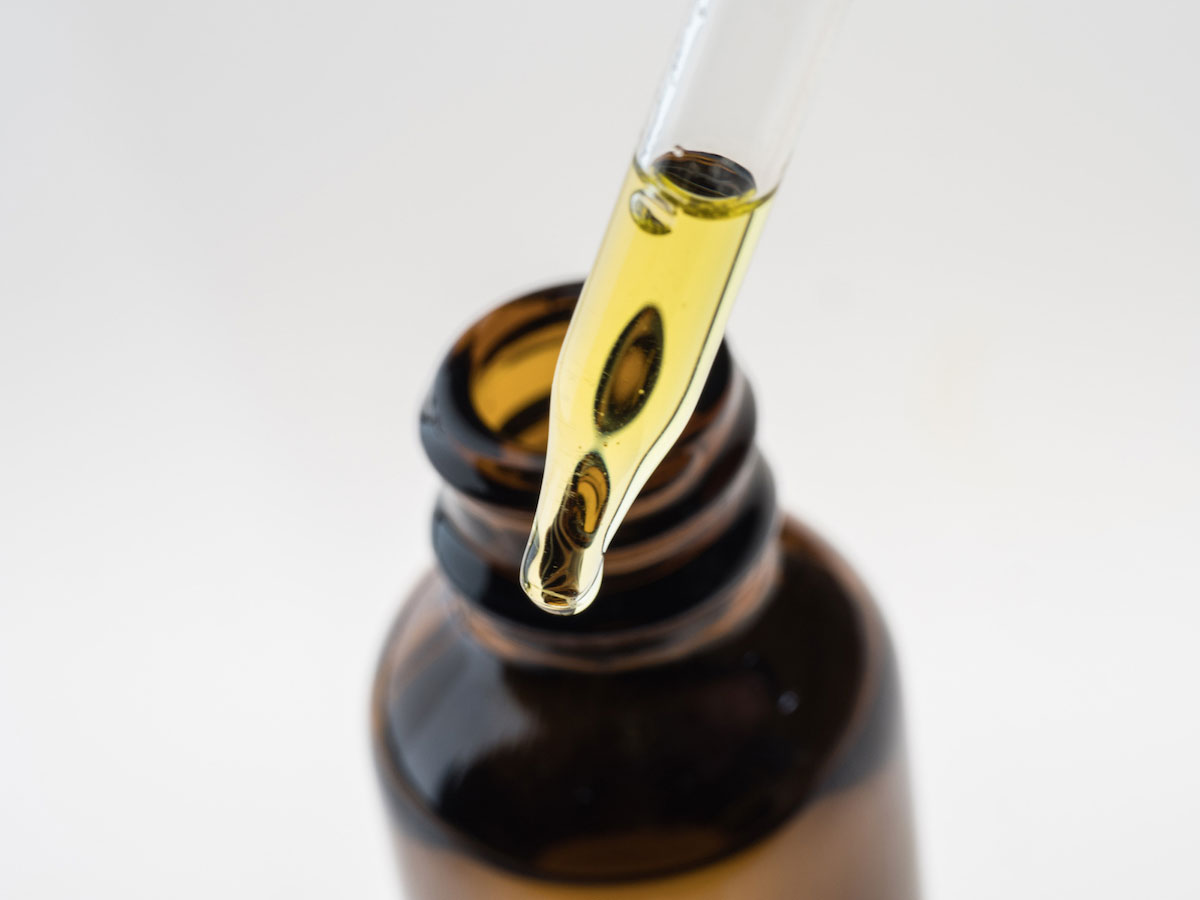As cannabidiol, or CBD, becomes more and more popular as a treatment for chronic pain, Dr. Jonathan Kost, Medical Director of the Hartford Hospital Pain Treatment Center, warns that it’s important to be aware of the possible risks associated with these products extracted from hemp.
Only one CBD medication has been approved by the Food and Drug Administration, Epidiolex, which is being used as a treatment for rare forms of pediatric epilepsy, Dr. Kost said. It also has been classified as a Schedule V drug, with a low potential for abuse, by the Drug Enforcement Agency.
“That being said, CBD has shown in studies the potential benefit,”Dr. Kost said, “in the treatment of multiple conditions involving neurodegenerative diseases (such as multiple sclerosis, ALS and Parkinson’s disease), psychosis conditions (schizophrenia), cancer tumor progression (glioma, melanoma, pancreatic, breast and hepatic cancers), anxiety and pain conditions. However, more research is definitely needed.”
CBD products today run the risk of being adulterated, contaminated or mislabeled under federal and state laws. A 2017 study published in the Journal of the American Medical Association (JAMA) by researchers at Johns Hopkins School of Medicine and University of Pennsylvania Perelman School of Medicine found that more than two-thirds of the products they purchased online were mislabeled, containing more CBD than listed on the label, less of it or none at all.
Because there are few rules about how hemp-derived CBD products should be tested, online sellers and less responsible retailers could be selling contaminated or even adulterated CBD products. And it can be almost impossible for a consumer to tell the good ones from the bad.
Potential hemp CBD contaminants include: residual solvents, pesticides, mycotoxins and foreign matter.
What to look for with CBD manufactures:
- Valid Certificate of analysis (accredited in accordance with the International Organization for Standardization (ISO).
- Does the product contain 0.3 percent THC or less? (THC is the main active ingredient in marijuana. Hemp oil can contain trace amounts of THC.)
- What ingredients are used in the product?
- Is the cannabinoid (THC and CBD) content listed on the product consistent with the analysis report?
- Does the lab report confirm that the product is free of contaminants?
Overseas, some use hemp to cover crops, which helps suck out the pesticides and heavy metals on soil so that food crops can be planted the following year. Tests have revealed that 70 percent of products were found “highly contaminated” with heavy metals like lead and arsenic, herbicides like glyphosate (the active ingredient in RoundUp) and a host of other contaminants including pesticides, BPA and toxic mold.
Glyphosate is classified by the World Health Organization as a probable carcinogen, and has also been shown to be lethal to amphibians such as frogs. To ensure that there are no glyphosate residues in their products, hemp CBD producers should have their products tested regularly by an ISO certified lab for glyphosate and other pesticides, noting that glyphosate requires a separate test.
CBD products should be tested for microbiological contaminants such as bacteria and mold and should also source ingredients that are USDA Certified Organic. Consumers also want to avoid products made with GMOs. CBD companies should source non-GMO ethanol and certified organic or non-GMO ingredients. Due to the lack of regulatory oversight, people using CBD products need to be educated to the above mentioned risks and to do their homework to find companies that make every attempt to deliver a safe and effective CBD product.
For more information on pain management at the Hartford HealthCare Pain Treatment Center, click here.

